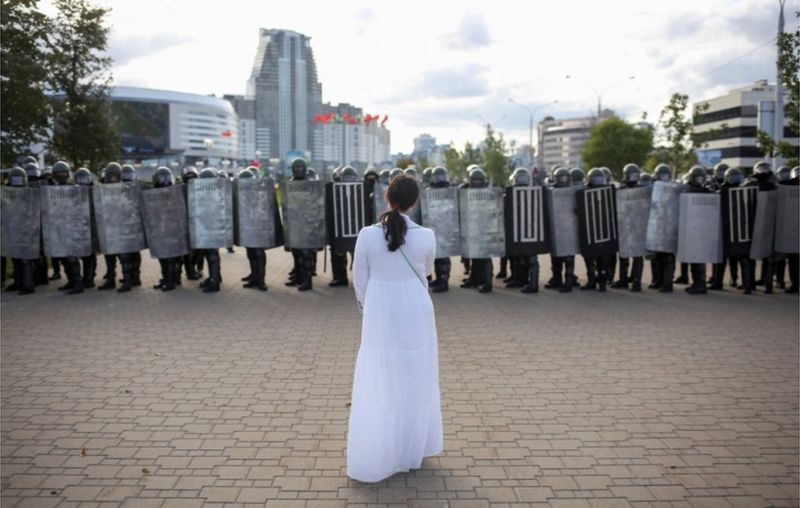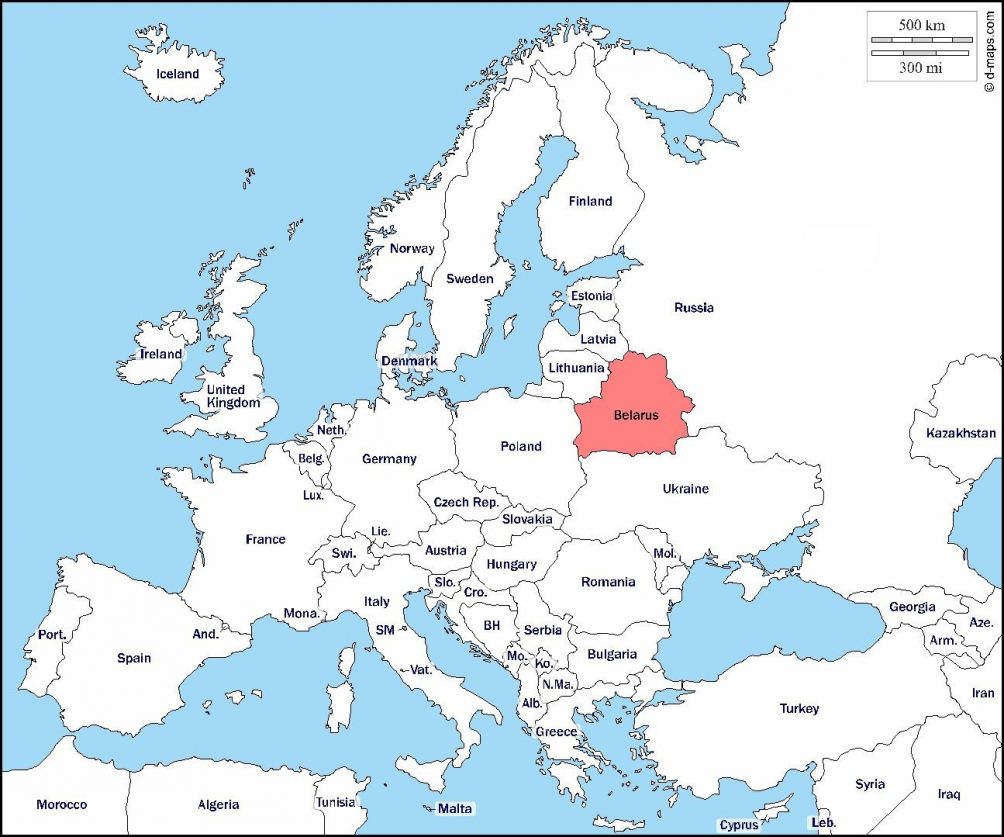Trigger warning: This post contains images and topics some might find sensitive. Please proceed with caution.
On September 4th, 2020, President Donald J. Trump
brokered an economic peace deal between Serbia and Kosovo, two countries that have
historically been at odds with each other, following centuries of conflict. The enacting of the peace deal between the countries marked
a step forward for the region, but many are still skeptical about long term
peace within the Balkans.
Most
people with familial ties to the region still remember the wounds caused by the Civil
War of the former Yugoslavia. Both Serbia and Croatia, states within
Yugoslavia, intended to create greater nation states of each. Their “Greater States”
would be ethnically pure, either Serbian Orthodox in the Serbian region or
Croatian Roman Catholic in the Croatian region. Both Serbian and Croatian
forces invaded Bosnian regions, following the secession of Bosnia during a
referendum for independence in the Yugoslav congress, marking the beginning of
the most brutal conflict on European soil since the Second World War.
The
intertwined communities within Bosnia, which were propped up during the
Communist Reign of Tito, caused the war to be a bloody internal conflict
between neighbors at times. Multiple concentration camps across the region were
established by both Serbian and Croatian forces, leading to countless torturing
and killing of men and boys, while rape camps promoted the invaders to “cleanse”
the Bosnian Muslim population with their “superior” genetics.
One of
the most notable occurrences during the war was the Srebrenica Massacre in 1995,
which is commemorated on July 11th every year. July 11th,
2020 marked the 25th anniversary of the event that killed a reported
8,372 Bosnian men and boys after Serbian forces overtook a UN Safe Zone in Bosnia.
The generals involved in the event, Radovan Karadzic and Ratko Mladic, have
been convicted and charged with multiple offenses by the ICTY, but many others
are left still roaming the streets.
The ICTY
did not reach their conclusions haphazardly, rather they collected all the
evidence they could. This included aerial photographs of all the scenes and
witness testimonies, such as Witness K in 2001 reliving his experiences during
the Srebrenica Massacre.
“I was not even
able to touch the floor, the concrete floor of the warehouse… After the
shooting, I felt a strange kind of heat, warmth, which was actually coming from
the blood that covered the concrete floor, and I was stepping on the dead
people who were lying around. But there were even people who were still alive,
who were only wounded, and as soon as I would step on him, I would hear him
cry, moan, because I was trying to move as fast as I could. I could tell that
people had been completely disembodied, and I could feel bones of the people
that had been hit by those bursts of gunfire or shells, I could feel their ribs
crushing. And then I would get up again and continue . . . .”
Despite the inactions of the governments and ruling parties, most people believe the true tensions arise within the populations of the countries. Members in all countries involved hold hatred towards the others. Bosnians, who believed in the communist slogan “bratsvo I jedinstvo” (brotherhood and unity), felt betrayed by their neighbors, while other parties involved still view their imprisoned generals as heroes. Evidence of this can be seen in this clip from July 10th, 2020, the night before the 25th anniversary of Srebrenica. Extreme Serbian nationalists gathered in the streets of Belgrade to celebrate and chant “Ratko Mladic” in addition to “Srebrenica wasn’t a genocide”.
Serbian Nationalists, July 10th, 2020, Belgrade, Serbia
Actions
such as these cause some call into question whether peace can ever truly be reached in this
region. All parties felt betrayed by the Dayton Agreement that formally ended
the conflict in 1995, and much of the hatred from the 1990’s still remains within
the population. International courts and statements from world leaders have
done little to promote peace and unity within this region, but that does not mean it is impossible.
The recent deal brokered by President Trump proved this fact. The truth is all regions in the world can become peaceful. Peace requires cooperation on all sides, which with emotion based policy can be harder to achieve. The economic peace deal provided the first step in the uphill battle, but with the potential for more deals on the horizon, peace is absolutely possible. A peaceful and prosperous Balkan would benefit all parties involved, and as more time passes from past events, the chance of them recognizing this fact and working towards a better future grows exponentially. If all continues as is, there is no reason to doubt that a peaceful Balkan can exist in the near future.
https://www.whitehouse.gov/briefings-statements/remarks-president-trump-president-vucic-serbia-prime-minister-hoti-kosovo-trilateral-meeting/
https://www.icty.org/x/cases/krstic/tjug/en/krs-tj010802e.pdf
https://www.theguardian.com/world/2008/jul/27/radovankaradzic.warcrimes2
https://www.bbc.com/news/world-europe-53917671
https://www.instagram.com/p/CCg0y0RDUex/?igshid=grwmtscqivn9
http://www.bosnjaci.net/print.php?pid=34776










